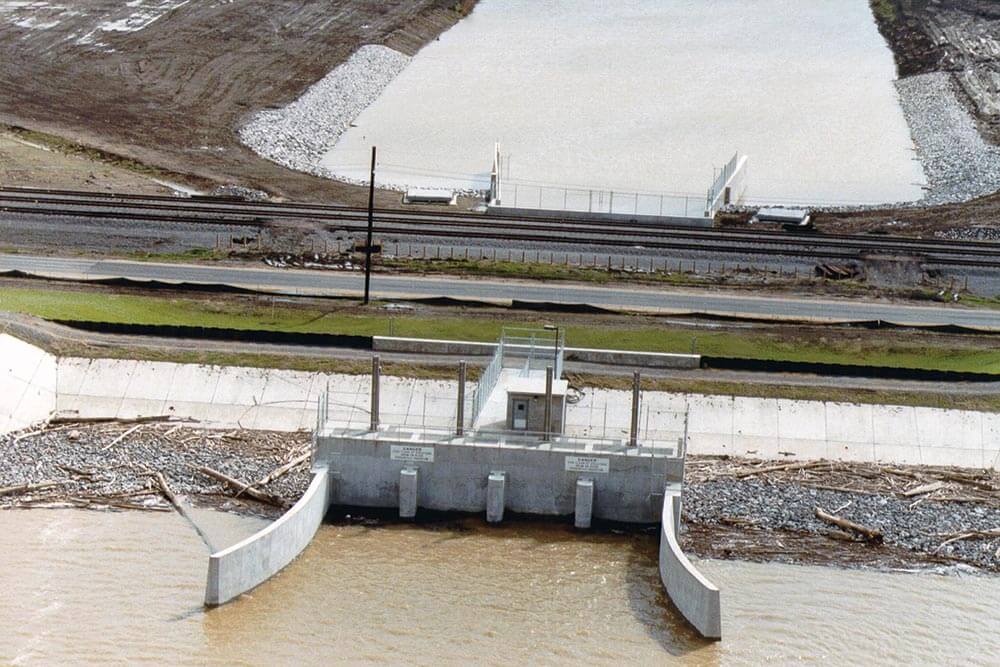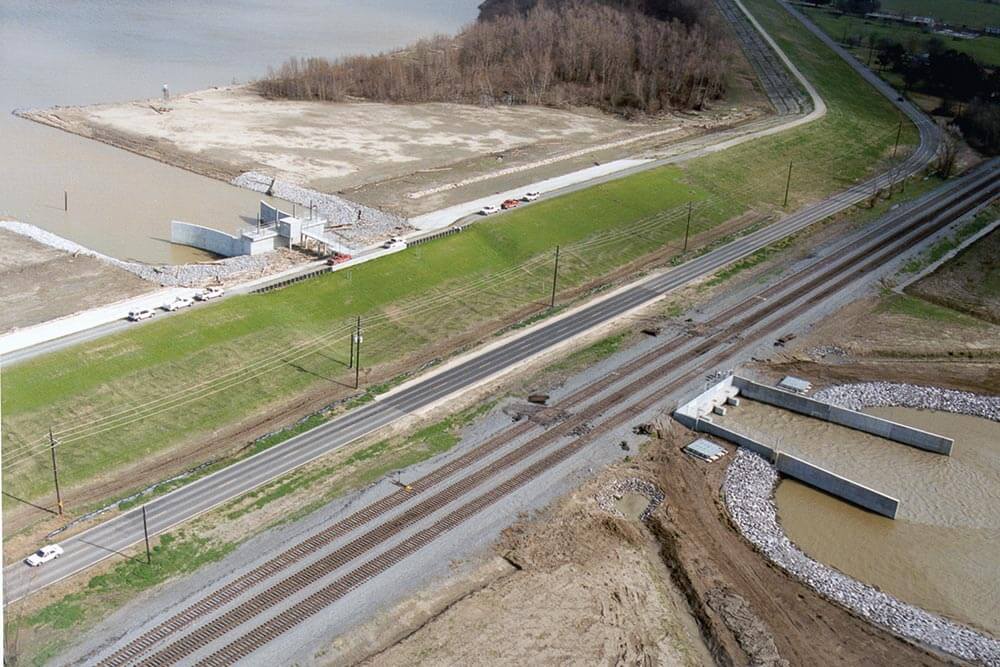 Over the last 7,000 years, the Mississippi River has been responsible for building over four million acres of new land in southern Louisiana by transporting sediment from its vast North American watershed.
Over the last 7,000 years, the Mississippi River has been responsible for building over four million acres of new land in southern Louisiana by transporting sediment from its vast North American watershed.
During those 7,000 years, the Mississippi River has changed course at least seven times, laying new deltas on top of old abandoned ones, and building coastline we see today. River levees built in the 20th century have changed these natural processes. Levees protect communities from flooding, but they also prevent the river from building new land. Now, the river’s sediment bypasses the wetlands on its way to the gulf, resulting in land loss.
River diversions are used when river water needs to be introduced into the wetlands to bring in fresh water, nutrients and sediment. Diversions attempt to reconnect the river to the wetlands by “poking holes” in the levee to reintroduce freshwater, nutrients and sediment. There are many types of diversions: siphons, fresh and sediment diversions, spillways, and uncontrolled diversions. Precautions do have be taken when it comes to river diversions. Too much freshwater can increase flood risks or impact fisheries. With the right amount in the right place, the river may provide the coast with some degree of long-term sustainability.




